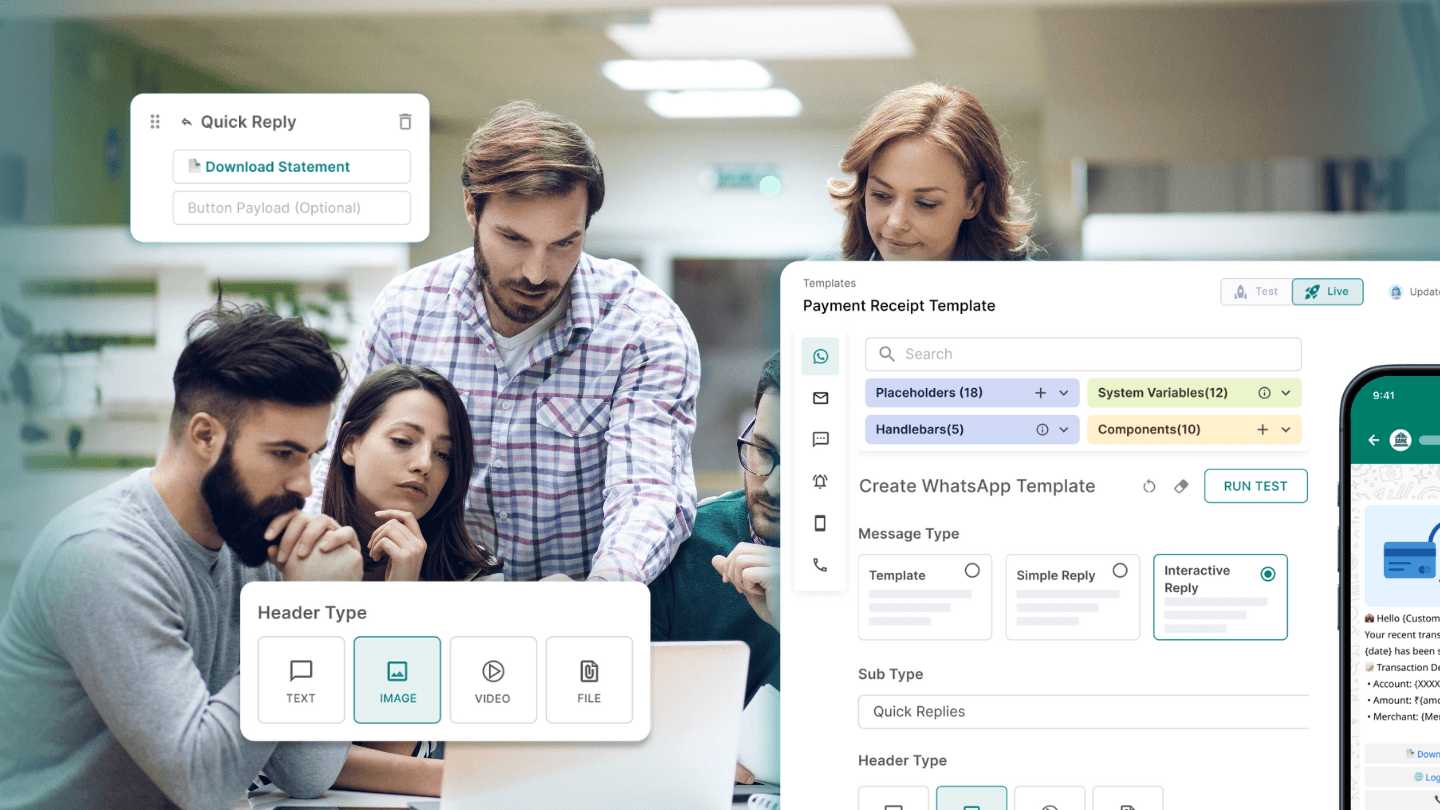In today's digital age, automating marketing and transactional processes has become crucial for businesses of all sizes. Both marketing automation and transactional automation are essential for achieving a smooth, streamlined operation. However, the two types of automation have completely different goals and use cases.
For the next few minutes that you will read this, let’s try and explore the key differences between marketing automation and transactional automation. Let’s go, shall we?
Marketing Automations
Marketing automation is a set of tools and techniques that help businesses automate repetitive marketing tasks such as email campaigns, social media posts, and lead nurturing. Marketing automation aims to provide a personalized and targeted customer experience to generate leads and drive sales. Here are some of the key features of marketing automation:
Capturing leads
Lead scoring and nurturing are essential features of marketing automation. These features help businesses identify potential customers and create personalized campaigns to nurture them through the sales funnel. Lead scoring involves assigning scores to leads based on their behaviour, demographics, and interests. Once leads are scored, businesses can then segment them and create targeted campaigns that resonate with their interests.
Campaign management
Marketing automation tools also allow businesses to manage and automate marketing campaigns across multiple channels. For example, businesses can schedule email campaigns, social media posts, and other marketing activities in advance, and the software will automatically execute these tasks at the appropriate time.
Analytics and reporting
Marketing automation software provides businesses with detailed analytics and reporting capabilities. These features help businesses track the effectiveness of their marketing campaigns and adjust their strategies accordingly. With analytics and reporting, businesses can identify which campaigns are driving the most leads and sales and optimize their marketing efforts accordingly.
Transactional Automations
Transactional automation, on the other hand, is a set of tools and techniques that help businesses automate transactional processes such as order confirmations, shipping notifications, and payment receipts. Transactional automation aims to provide a seamless and efficient customer experience by automating the transactional processes that occur after a customer has made a purchase. Here are some of the key features of transactional automation:
Order management
Transactional automation tools allow businesses to manage and automate the order management process. For example, businesses can automatically send order confirmations, shipping notifications, and payment receipts to customers.
Inventory management
Transactional automation tools also help businesses manage their inventory levels. For example, businesses can set up automated alerts that notify them when inventory levels are low, so they can restock before running out of stock.
Customer support
Transactional automation tools also provide businesses with customer support features. For example, businesses can set up automated chatbots or email responders that provide customers with immediate assistance when they have a question or issue.
Key Differences Between Marketing Automation and Transactional Automation
What’s the purpose?
The primary goal of marketing automation is to generate leads and drive sales, while the primary goal of transactional automation is to provide a seamless and efficient customer experience.
What use cases can you provide for it?
Marketing automation is typically used for tasks such as email campaigns, social media posts, and lead nurturing, while transactional automation is typically used for tasks such as order confirmations, shipping notifications, and payment receipts.
Can it improve customer interactions?
Marketing automation is designed to initiate customer interaction and engagement, while transactional automation is designed to facilitate and streamline customer interaction.
How does it impact timing?
Marketing automation is used before a customer makes a purchase, while transactional automation is used after a customer makes a purchase.
Conclusion
In conclusion, marketing automation and transactional automation are two essential tools for businesses operating in the digital age. While the two types of automation have different goals and use cases, they are both crucial for achieving a streamlined operation and providing an excellent customer experience. Understanding the differences between marketing automation and transactional automation is key to choosing the right tools for your business and achieving your goals.


